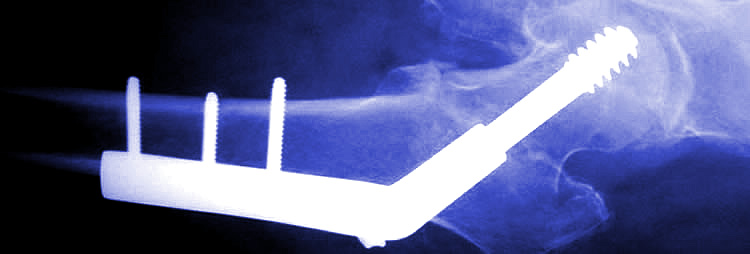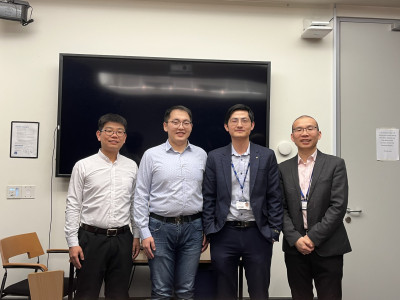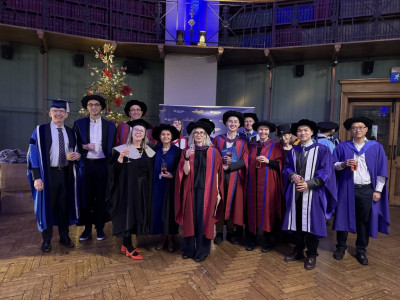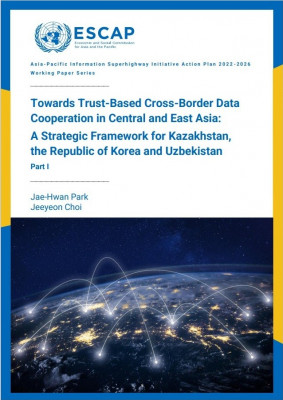Welcome to the School of Engineering and Materials Science
The School of Engineering and Materials Science provides outstanding degree programmes coupled with internationally leading research which is reflected in all our undergraduate programmes. Our taught postgraduate programmes are similarly first class and provide students with a fantastic opportunity to engage with cutting-edge research in: Bioengineering, Intelligent Transport, Sustainable Engineering and Engineering and Materials Education. Our extensive industrial connections provide graduates with excellent employability in stimulating and well-paid careers.
Events and Seminars
 Sat 28 Feb 2026 Sat 28 Feb 202610:30 - 14:30 | Materials Detectives: Building AI Understanding |
 Wed 4 Mar 2026 Wed 4 Mar 202615:00 - 16:00 | SEMS Seminar Series: Prof Holger Babinsky, University of Cambridge |
 Wed 11 Mar 2026 Wed 11 Mar 202612:30 - 17:00 | Industrial Liaison Forum |
| Wed 17 - Fri 19 Jun 2026 | The Advanced Functional Polymers for Medicine 2026 (AFPM 2026) |
Recent publications
- Thermal management of lithium-ion batteries: Numerical evaluation of phase change materials and fin designs against air cooling
Esmaeili Z, Vahidhosseini SM, Rashidi S, Karimi N, Yan W-M
International Journal of Thermal Sciences, Elsevier Bv vol. 219, 110194-110194.
01-01-2026 - Selectivity control in organic solvent nanofiltration–membranes or process?
Peeva L, Oxley A, Livingston A
Journal of Membrane Science, Elsevier vol. 737
01-01-2026 - Redefining Molecular Design and Exciton Dynamics in Single-Component Organic Photocatalysts for Efficient Solar-to-Hydrogen Conversion
Materials Horizons, Royal Society of Chemistry (Rsc)
01-01-2026












